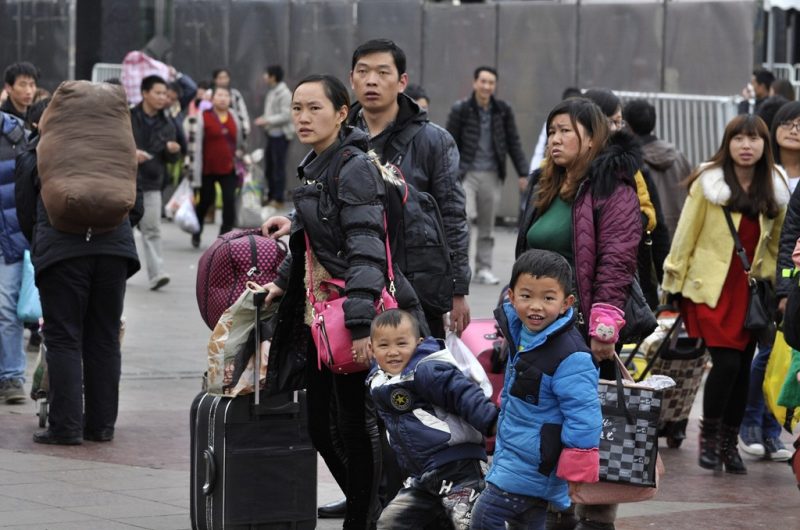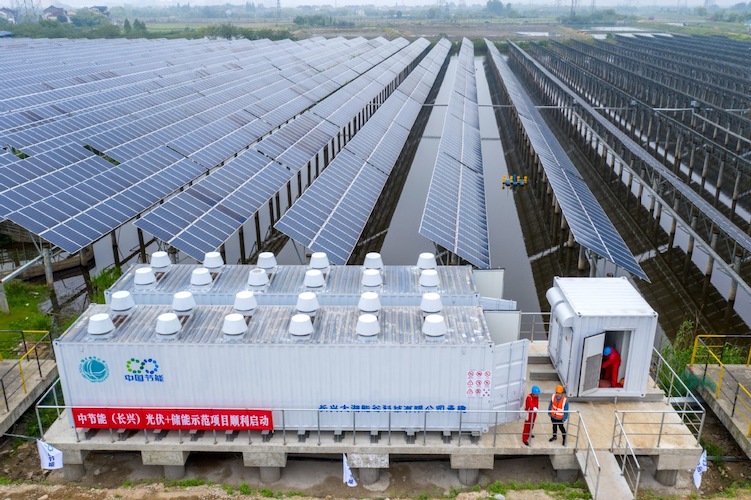China’s economic slowdown is set to intensify, according to analysts at Nomura, who say the country is facing four negative shocks that will drag the economy down further in coming months.
In a new report issued on Wednesday, titled ‘China, the worst is yet to come,’ chief economist Lu Ting and his team warn that “economic conditions are likely to further deteriorate as the pain threshold seems yet to be reached for Beijing to take more decisive actions to arrest the downward spiral.
“Markets may still underestimate the upcoming pain likely ahead for both the economy and financial markets.”
They expect GDP growth to slow from 4.9% year-on-year in Q3 to 3.0% in Q4, and to 2.9% in Q1 2022 (previously 3.4%), before rising moderately to 3.8% in Q2 2022 (previously 4.4%), and to around 5% in the second half of 2022.
Four Negatives
The four negative shocks they list are the “worst power crisis in years,” caused primarily by a coal shortage; recurring waves of Covid-19 and Beijing’s zero-Covid strategy; an “inevitable” slowing of export growth; and the slump in the property sector, caused by moves to deleverage vast debt accumulated by China Evergrande and other real estate developers.
Beijing has ramped up coal output since alarm bells began to ring in September over the shortage of coal supplies, but with a huge transition to clean energy already underway, change will drag on for years. Senior officials will continue to stress carbon emission reductions, the report said.
Coal consumption will be strictly controlled over the next four years while non-fossil fuel energy sources are created. Air pollution controls are due to be imposed in 64 cities in the country’s north this winter, the report said. And a further slowdown is likely when the Winter Olympics are staged (February 4-20) and factories near the capital are shut down.
In regard to the property sector crisis, the analysts said they expect “Beijing’s pain threshold could be significantly higher than in the past as policymakers are much more willing to exchange some short-term pains for long-term strategic benefits.”
Home Prices Down
Due to the “unprecedented” property curbs, home sales have plunged by 10-20% in recent months with prices contracting for the first time since April 2015 when China was in the middle of its last property downturn, according to the National Bureau of Statistics. Tax revenue collected from land and home sales will also take a notable hit in coming months.
“The property sector has rapidly deteriorated in the past couple of months, triggering rounds of defaults in both offshore and onshore bond markets,” the report said.
“Regulators have already come to the rescue by requesting banks not to overdo those property curbs. However, the impact is limited, at least for most non-SOE (state-owned) developers.
“In our view, what regulators have done since late September is just fine-tuning, not outright easing. The fine-tuning will help, but the situations in the property sector and China’s macro economy will still likely worsen, and we might need to see even much worse deterioration before Beijing significantly steps up easing measures.”
Nomura issued a report in August, in which it warned that China might experience a ‘Volcker moment,’ and that “markets should be prepared for what could be a much worse than-expected growth slowdown, more loan and bond defaults, and potential stock market turmoil.”
Leadership Change Debate
Recent activity suggests that forecast was accurate. Its latest report says: “Developers are likely to have to confront much higher repayment pressures in coming quarters, with quarterly repayments almost doubling from US$10.2bn in Q4 2021 to $19.8bn in Q1 2022 and $18.5bn in Q2 2022.
“We could also experience a rebound of defaults onshore by developers. In this regard, the worst is not over yet to high-yield bonds issued by developers.”
Banks are providing development loans to companies so they can build homes that have been pre-sold to avoid a crash in new home sales and a “hard landing” that could provoke protests while Beijing debates a leadership change, it said.
There could be a significant negative impact on the real economy for months. And China’s zero-Covid strategy could last for another year.
But a change toward more pro-growth policies was possible in the second quarter of next year, the report said.
“Beijing could extend a real helping hand at some point of H1 2022 when the situation deteriorates to point where the pain threshold is finally reached, though the exact timing could be quite uncertain.”
• Jim Pollard
ALSO SEE:
AF TV – Three reasons why China is facing a power crunch
China Property Curbs May Trigger Stock Market Turmoil, Nomura Says























